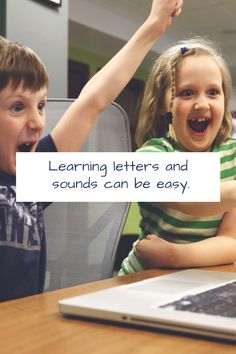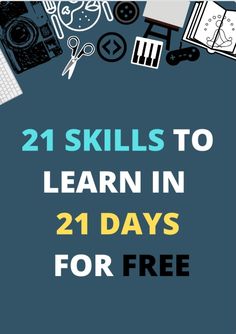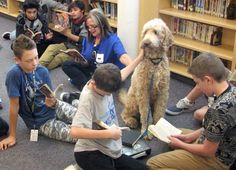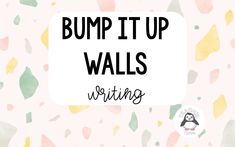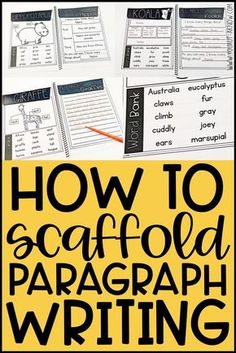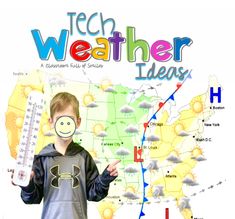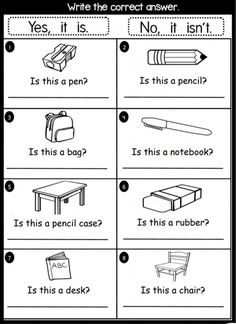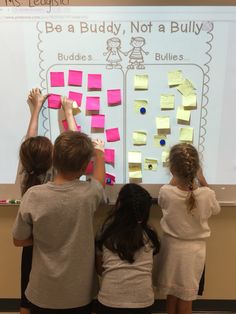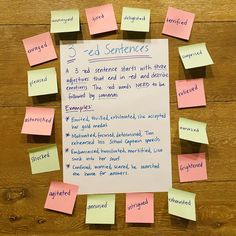Every teacher has their treasure trove of secrets that make the daunting task of managing a classroom, imparting wisdom, and inspiring young minds seem like a spellbinding performance to those peering in from outside. From managing the chaotic symphony of a kindergarten recess to sparking the imagination in a high school literature class, their secrets are what makes teaching an art. Let’s delve into some of these little-known mysteries that make teachers architects of future generations.
Secret #1: The Power of Storytelling
Every teacher knows that facts and figures can be forgettable, but a good story will echo in a student’s mind long after they’ve left the classroom. Storytelling transforms plain lessons into adventures. Whether it’s history coming alive with tales of ancient heroes or math problems morphed into detective mysteries needing solving, storytelling is a secret weapon for engagement.
Secret #2: Listening is as Important as Speaking
The most impactful teachers are those who listen intently to their students. Understanding that each child has a unique perspective allows teachers to tailor their approach accordingly. An attentive teacher can pick up on subtle cues and hesitations, crafting their response to provide just enough guidance without providing all the answers.
Secret #3: Flexibility is Key
No day in teaching is ever the same, and adaptability is crucial. Teachers must constantly pivot strategies to accommodate unexpected events or diverse learning styles. This agility in teaching ensures every student can find a path to comprehension within their own abilities.
Secret #4: Classroom Environment Matters
Teachers meticulously create inviting classrooms because they understand that a comfortable and stimulating environment fosters learning. From cozy reading corners to bright informative posters, every item is carefully chosen to create an aura that promotes curiosity and concentration.
Secret #5: Positive Reinforcement Works Wonders
Celebrating successes, no matter how small, is one of the fundamental secrets behind a teacher’s ability to motivate. By recognizing effort as well as achievement, students are encouraged to persevere and take pride in their work.
Secret #6: Boundaries Build Respect
While warmth and kindness are essential traits for any educator, setting clear boundaries with consistent consequences instills respect. A teacher who anticipates issues and sets expectations provides students with a sense of security and structure within which they can thrive.
Teachers’ little secrets extend far beyond these gems; they’re reflected in each meticulously crafted lesson plan, each compassionate ear lent during tough times, every high-five given for even the smallest triumphs. These secrets work together harmoniously to unlock potential within every student—a true magic wielded by heroes we call teachers.
As educators continue edifying our youth armed with these special strategies for success, we gain glimpses into the remarkable tenacity and spirit that define the teaching profession—a reminder that within every classroom lies a world replete with secrets waiting to be discovered by its eager learners.
In celebrating these guardians of knowledge, let’s remember that the impact of these little secrets extends far beyond the classroom walls—they shape futures one student at a time.
